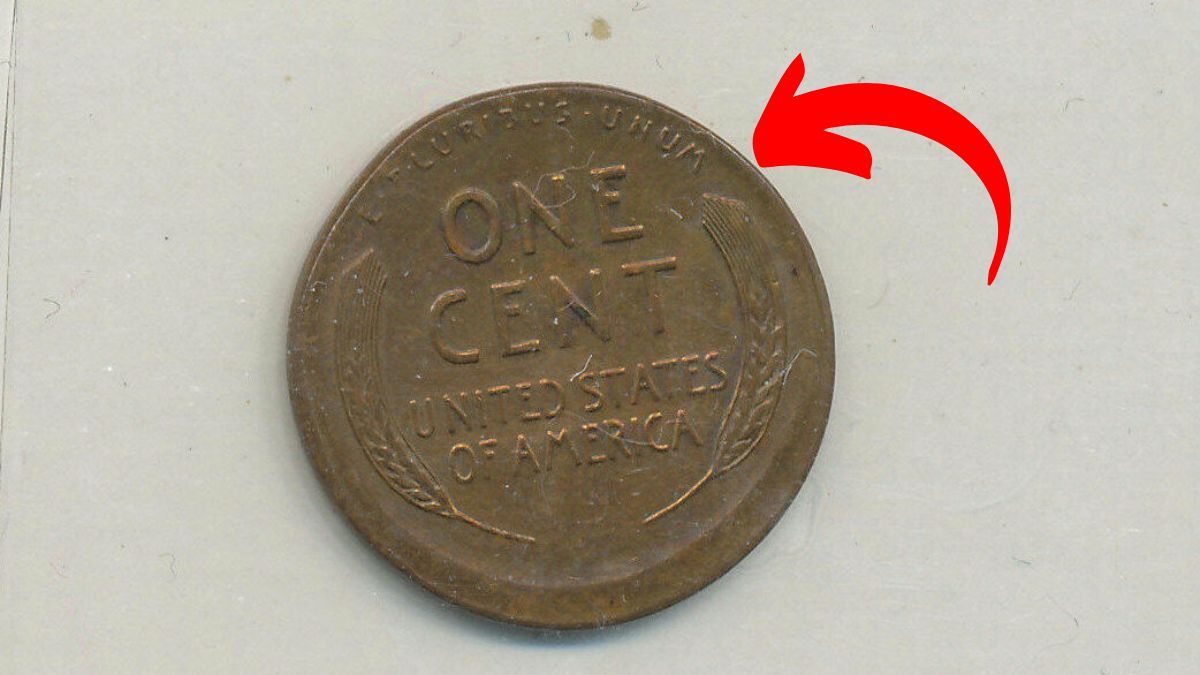In the world of coin collecting, few tales are as thrilling as the one about the Lincoln Wheat Penny that sold for a jaw-dropping $346,000. That’s right—what looks like just another penny in your change jar could actually be a hidden treasure. It’s stories like this that have everyday folks and die-hard collectors alike eyeing their pennies a little more closely.
A Piece of American History in Your Pocket
The Lincoln Wheat Penny isn’t just any old coin—it holds a special place in U.S. history. First minted in 1909, it was the first American coin to feature a real person: none other than President Abraham Lincoln. Before that, coins showed symbolic images like Lady Liberty. The penny’s designer, Victor D. Brenner, gave us that familiar portrait of Lincoln on the front, while the back featured two graceful wheat stalks symbolizing the country’s agricultural roots.
This classic design stuck around until 1958, meaning millions of Americans grew up with these coins jingling in their pockets. But what makes one worth hundreds of thousands of dollars?
A Wartime Oops That Created a Fortune
Let’s rewind to 1943, right in the middle of World War II. The U.S. Mint made a big change that year—switching from copper to steel for pennies to save copper for the war effort. These steel coins looked silver and earned the nickname “steelies.”
But here’s where it gets interesting: a few copper blanks—leftovers from the 1942 run—were accidentally fed into the presses. The result? A tiny batch of 1943 pennies made from bronze instead of steel. Today, these rare errors are among the most valuable coins ever minted. One of them sold for a whopping $346,000.
Why This Coin Is So Incredibly Valuable
The value of the 1943 bronze Lincoln Wheat Penny comes down to three things: rarity, history, and a good old-fashioned minting mistake. Only a few were ever made. Add the backdrop of WWII and the fact that this was a total accident, and you’ve got a coin with a story that collectors love.
Think You’ve Got One? Here’s What to Look For
If you’re now tempted to dig through your piggy bank (and you should be), here’s what you want to check:
- The date: 1943 is the magic number, but keep an eye out for other valuable years like 1909-S, 1914-D, and the 1922 “No D” variety.
- The material: Do the magnet test. Steel pennies stick to a magnet; bronze ones won’t.
- Mint marks: These small letters tell you where the coin was made—Philadelphia, Denver, or San Francisco. Certain mint marks can boost value big time.
Condition Is Everything
Even if you find a 1943 bronze penny, its condition will heavily influence its value. A well-preserved, uncirculated coin can fetch far more than one that’s been through the wringer. If you think you’ve found something special, your next move should be to get it authenticated by a professional. Coin experts (called numismatists) can spot even the tiniest details to confirm a coin’s origin and value.
The Everyday Thrill of Coin Hunting
What makes this story truly exciting is that some of these rare coins are still out there—circulating in change, tucked away in old jars, or forgotten in dresser drawers. It’s not just collectors who can stumble upon these treasures. Anyone paying for coffee or counting out laundry change might just hit the jackpot.
A Legacy Worth More Than Face Value
The Lincoln Wheat Penny is more than just a collectible. It’s a symbol of America’s history, innovation, and—sometimes—serendipity. Sure, you might not find one worth $346,000, but the hunt itself connects you to a rich tradition and the thrill of discovering something extraordinary in the most ordinary of places.
So go ahead—check your pockets. You never know what penny might change your life.
